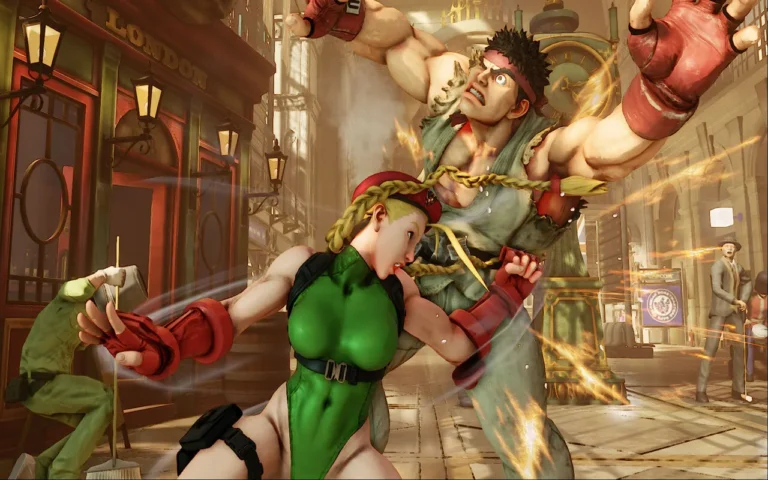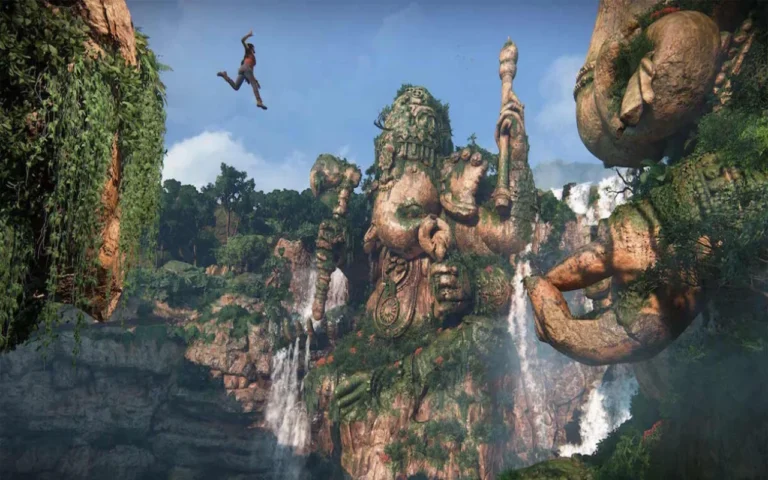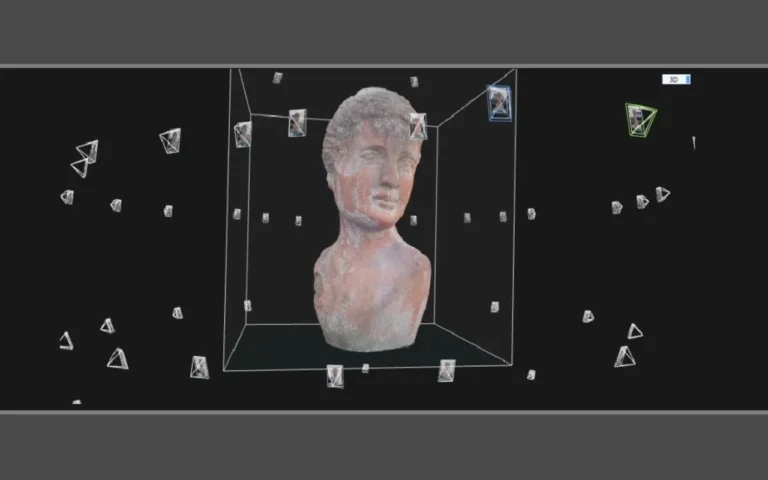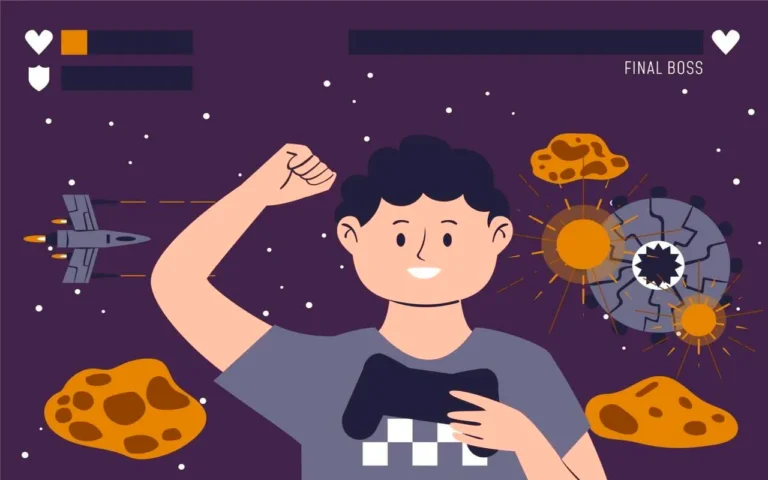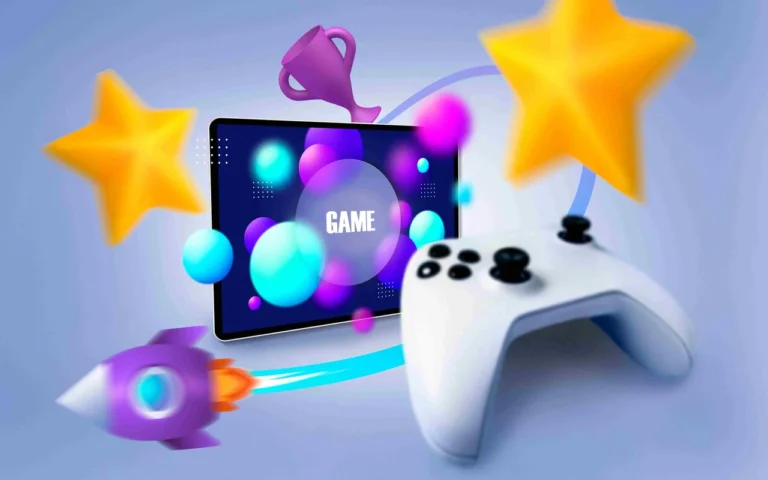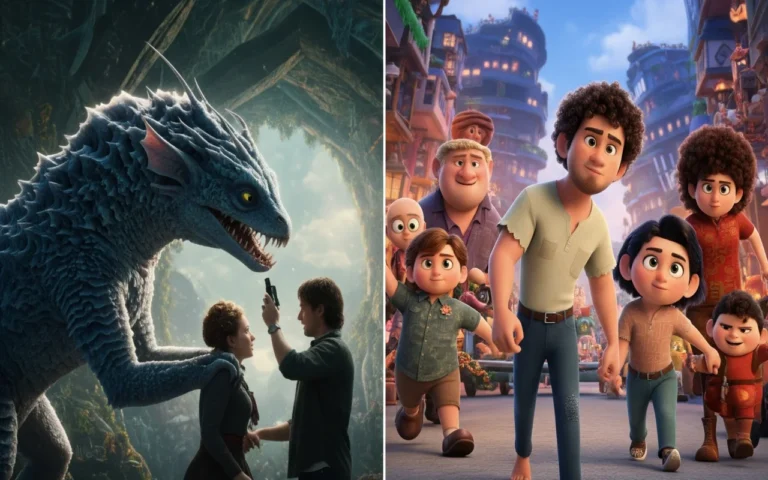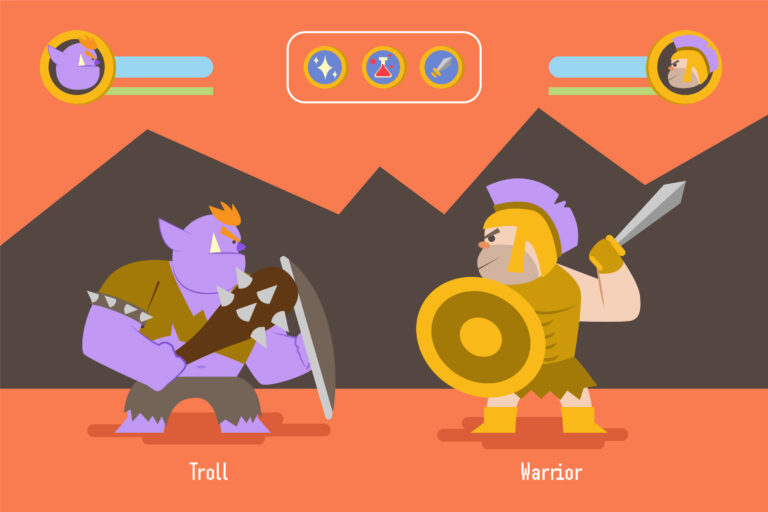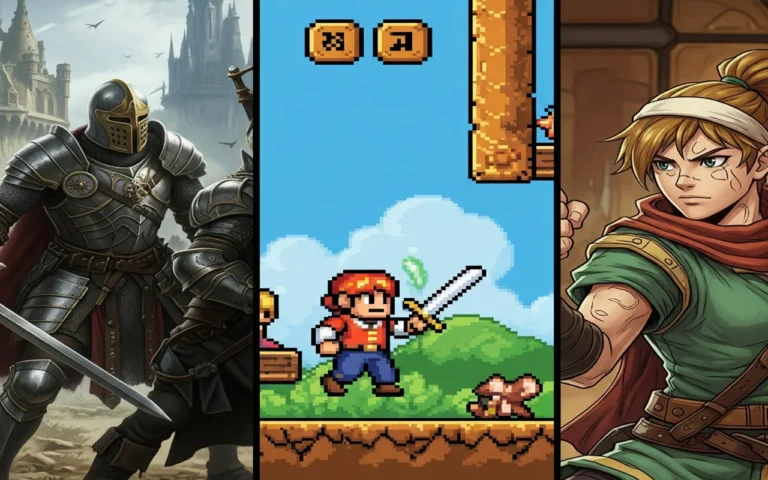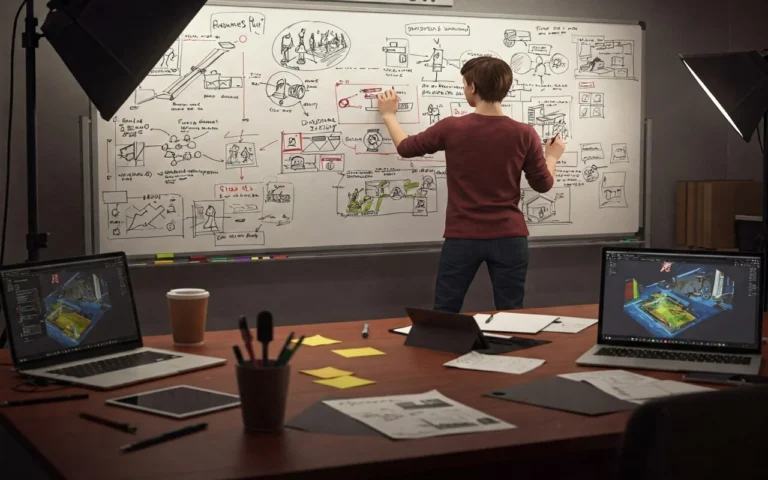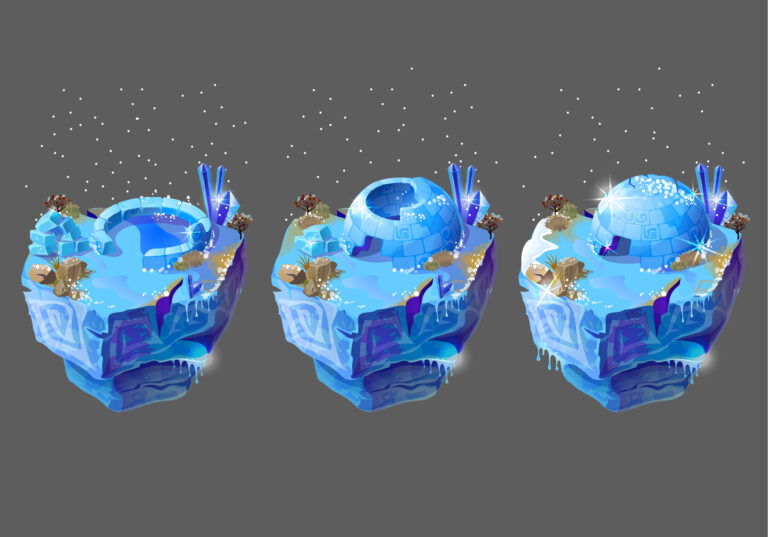Game art books are more than collections of beautiful images; they are invaluable creative manuals that pull back the curtain on the internal production workflow of every top-tier game art studio.
Whether you’re a hopeful concept artist, a dedicated 3D modeler, or an established art director, these books grant you insider access to how industry giants like Naughty Dog and Guerrilla Games craft the detailed worlds, compelling character designs, and deep visual storytelling that define modern gaming.
From preliminary concept art sketches to detailed lighting breakdowns, every page offers critical lessons in both technique and narrative. Let’s uncover exactly how these books can transform your artistic path and accelerate your creative evolution.
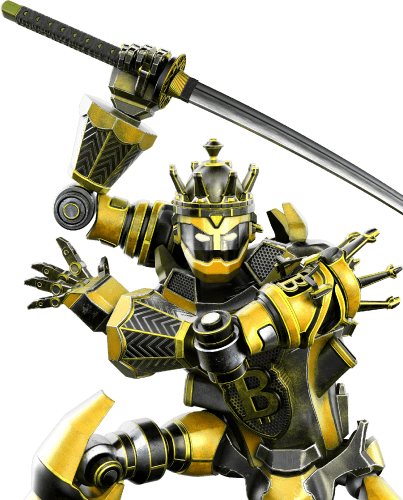
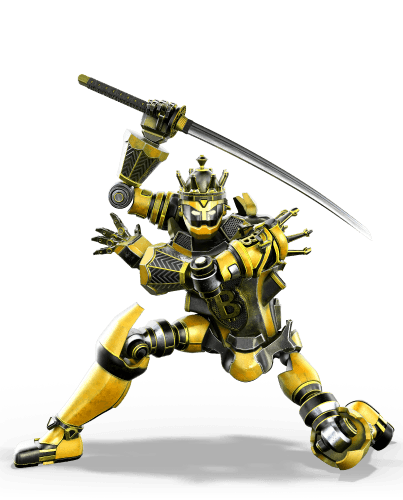
Need Game Art Services?
Visit our Game Art Service page to see how we can help bring your ideas to life!
Why Are Game Art Books Essential for Artists?
Game art books are not just coffee table decorations; they are vital learning tools for anyone looking to improve their craft in video game design. They inspire creativity, provide insights into artistic processes, and help develop the technical skills necessary for creating compelling visuals.
Furthermore, they serve as a bridge between aspiring artists and industry professionals, offering a glimpse into the creative journey that shapes the captivating worlds of video
Access to Professional Workflows
These books frequently include behind-the-scenes assets, ranging from initial environment design layouts to final, polished renders. This material reveals how professional teams manage composition, color theory palettes, and the game art pipeline while operating under tight production constraints.
Grasping this whole process helps you see the bigger picture of game art creation and not just the final visual. By absorbing insights from production notes and iterative sketches, you can adopt proven methodologies that simultaneously improve your work quality and speed up your personal workflow.
Understanding the Role of Collaboration
In the game industry, no artist works in isolation. Art book collections underscore how different roles, such as concept artists, 3D modelers, animators, and level designers, communicate using a shared visual language.
Studying these creative exchanges teaches you how to align your artistic contribution with the goals of a larger project. It serves as a strong reminder that powerful communication and collaboration are just as critical as raw artistic skill in professional settings.
Finding Inspiration from Industry Masterpieces
Every game art book captures the core of a unique art style with a creative world, from the post-apocalyptic atmosphere of The Last of Us to the energetic stylization of Overwatch.
Exploring these visual narratives sparks new ideas and exposes you to a diverse range of design philosophies. Witnessing how top studios push the boundaries of artistic style and realism can instantly reignite your motivation and broaden your artistic range.
Learning Composition, Lighting, and Color Theory
Lighting and color theory establish emotion, while composition directs attention; these three pillars of visual storytelling in game art are expertly demonstrated in these books.
By examining side-by-side development images, you can observe how subtle alterations in shadow, hue, or framing can dramatically shift a scene’s mood. This practical, applied knowledge is significantly more impactful than learning theory in isolation.
Building Your Creative Confidence
Immersing yourself in professional artwork cultivates creative confidence. By seeing how artists manage setbacks, revisions, and experimentation, you learn that mastery is an ongoing process, not a final state.
Game art books demonstrate that even the most stunning final images often start as rough drafts, which is a vital perspective for every artist at any level.
How Can Game Art Books Boost Your Technical Skills?
Various game art books concentrate on distinct elements of game development, offering valuable insights for learning specific techniques.
Here are some key titles that can help enhance your skills in game art development:
Digital Painting Techniques: Practical Techniques of Digital Art Masters
Resources focused on digital painting, such as Digital Painting Techniques by 3DTotal Publishing, offer step-by-step guidance from industry-leading professionals.
They address fundamental topics like brush control, color blending, and atmospheric effects across various art styles. Studying these detailed breakdowns helps you translate complex theory into practical, reproducible techniques that enhance your own projects.
Character Modeling with Maya and ZBrush by Jason Patnode
This text remains a fundamental guide for 3D modeling artists learning the basics. Jason Patnode’s book covers polygonal modeling, sculpting character anatomy in ZBrush, and preparing models for animation in Maya.
It is an indispensable resource for understanding the topology, UV mapping, and texturing production workflow used by AAA studios.
The Art of Game Design: A Book of Lenses by Jesse Schell
While its focus leans more toward design, Jesse Schell’s book provides a crucial understanding of how visual design supports core gameplay.
Each “lens” examines a different viewpoint, from player psychology and narrative to game mechanics and aesthetics. For artists, this perspective successfully bridges the divide between visual creativity and functional design.
The Art of Game Characters by Leo Hartas
Leo Hartas’s book is dedicated to creating expressive, plausible character designs that align with both narrative and gameplay requirements.
It thoroughly breaks down the journey from initial sketch to a rigged 3D model, prioritizing expressive personality and silhouette. It is ideal for character designers looking to seamlessly merge technical modeling with emotional visual storytelling.
How to Use Game Art Books for Creative Growth!
Game art books transcend the role of visual collections; when used effectively, they can act as vital tools for artistic advancement.
Here are a few tips on how to effectively tap into their wealth of knowledge for your creative journey:
Analyze the Techniques!
Don’t just passively admire the artwork; study it with a critical eye. Observe closely how artists utilize layering for texture, balance their lighting, or subtly guide the viewer’s focus. Treat every page like a one-on-one session with an industry expert.
Replicate and Adapt!
Re-creating select pieces of artwork (purely for educational practice) sharpens your understanding of proportion, material representation, and lighting.
Once these lessons are internalized, adapt them into your own distinct style. This is the key to internalizing knowledge without outright imitation.
Study the Development Process!
Actively look for sections that display early prototypes, discarded sketches, and internal feedback notes. These insights show you the true journey of idea evolution, teaching you how to iterate and refine your own designs more efficiently.
Use Books as Long-Term Reference!
Game art books are not one-time reads; they become essential long-term reference tools, whether you’re designing armor, architecture, or natural landscapes. Keep them within reach during projects to ensure your work consistently meets professional standards.
How to Build a Valuable Game Art Book Collection
Building a well-rounded collection of game art books is a gradual process that requires careful consideration. There are some simple yet practical ways to help you create a library that will support you throughout your artistic endeavors:
Start with Your Favorite Games
Begin your art book collection with titles you already love. Being familiar with their worlds (like Dark Souls or Horizon Zero Dawn) makes it simpler to understand the design decisions and compare the in-game visuals with the assets shown in the book.
Diversify Your Collection
Avoid limiting yourself to a single genre or aesthetic. Collect both highly stylized and realistic art book collections, from Overwatch’s vibrant exaggeration to Dark Souls’ gothic intensity. This intentional diversity broadens your overall visual vocabulary in different video game genres.
Prioritize Learning over Collecting
It’s tempting to buy art books purely for display, but their ultimate value is found in the study. Select books that directly address a learning goal, like composition, anatomy, color theory, or world-building, rather than simply choosing ones with the most appealing covers.
Budget Wisely
High-quality game art books are an investment. Start small, watch for sales or digital editions, and prioritize the ones most relevant to your current game art goals. Many publishers, including Dark Horse Books and Titan Books, frequently offer discounts.
Track Upcoming Releases
Stay informed through official studio and publisher announcements. Following developers on social media or communities like ArtStation helps you discover limited or collector’s editions before they become scarce.
Where Can You Buy the Best Game Art Books?
Reliable retailers include Amazon, Book Depository, the ArtStation Marketplace, and the direct websites of publishers such as Dark Horse Books, Titan Books, and 3DTotal Publishing.
For rare or out-of-print editions, try secondary platforms like eBay or AbeBooks.
Digital painting versions are also widely available on Kindle or PDF platforms for artists who prioritize instant access and portability.
Wherever you make your purchase, confirm that the editions are official and include full-resolution artwork to maintain the intended print quality.
Top Game Art Books for Inspiration and Learning!
Regarding game art books, countless titles provide both inspiration and learning opportunities. Whether you’re fascinated by immersive environment design, compelling characters, or finely detailed weapons and props, these books offer a rich resource for learning and creativity.
The Art of The Last of Us, Part II:
A detailed visual chronicle of Naughty Dog’s profoundly atmospheric world, this book combines emotional visual storytelling with cinematic environment design. It documents the evolution of character emotion, lighting mood, and environmental details that defined one of gaming’s most memorable narratives.
The Art of Horizon Zero Dawn:
Guerrilla Games’ stunning sci-fi ecosystems are brought to life through early sketches, machine designs, and environment design. The book perfectly captures the blend of tribal aesthetics and futuristic technology that established Horizon Zero Dawn’s unique visual identity.
The Art of God of War:
Featuring 3D modeling, character development, and a fresh take on Norse mythology, this book is an outstanding resource for learning how to reimagine ancient mythological characters with a modern interactive flair, all while ensuring historical accuracy.
The Art of Overwatch:
A vibrant celebration of color, character diversity, and stylization. Blizzard Entertainment’s The Art of Overwatch illustrates how exaggerated proportions, dynamic poses, and clean silhouettes create instantly recognizable heroes and worlds.
The Art of Dark Souls Trilogy
This collection offers a deep exploration of atmosphere and emotional tone. It showcases intricate architecture, creature design, and the iconic use of lighting and shadow that defines FromSoftware’s distinctive gothic visual storytelling. It is an essential volume for devotees of mood and environmental storytelling.
Final Words
Game art books are not merely sources of momentary inspiration; they are committed, lifelong mentors in a printed format. Whether you’re investigating profound design philosophies or working to master new technical skills, these collections will continually guide you toward professional excellence.
By actively studying, critically analyzing, and consistently applying what you learn, you will permanently refine your artistic voice and elevate your craft. Keep sketching, keep learning, and let each book open a new gateway into the dynamic world of game creation.
